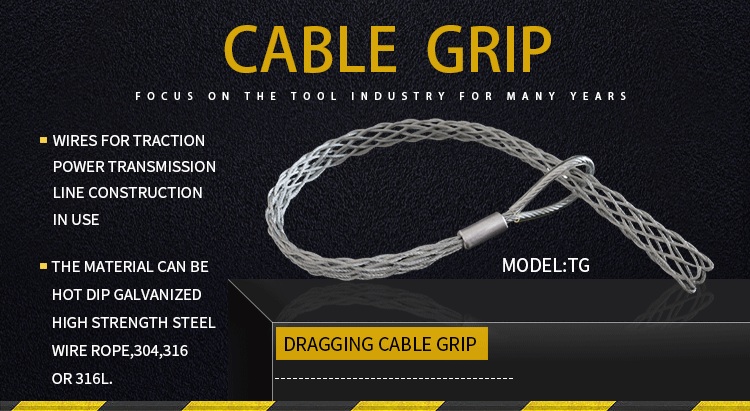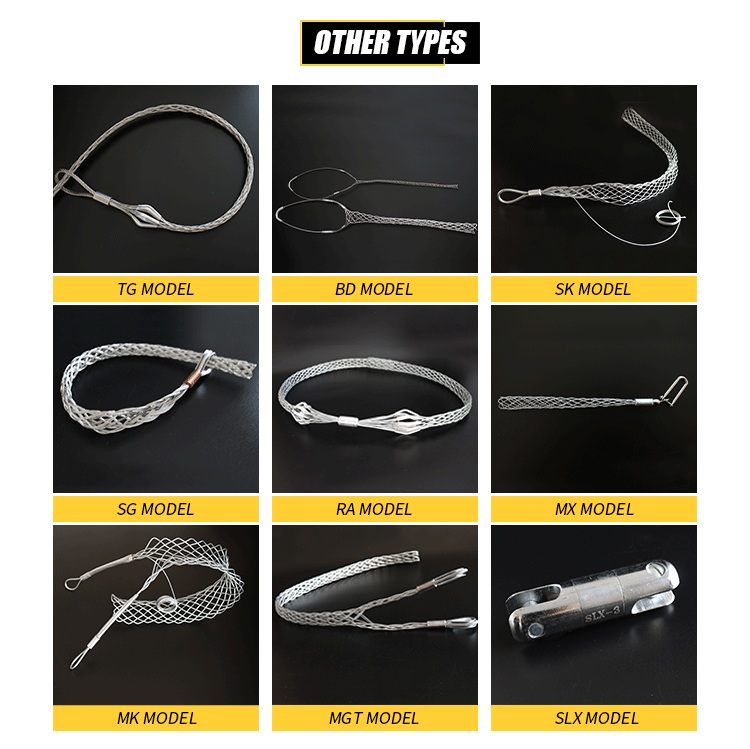Full implementation of national standard IV diesel vehicles
On March 1, Beijing began to implement the national IV emission standard for gasoline vehicles with a total mass of 3.5 tons or less. Starting July 1 this year, public transport, sanitation, and postal vehicles that have registered Beijing-licensed heavy-duty compression-ignition engines and heavy-duty gas-fuel ignition engines (ie, diesel and natural gas engines) will implement relevant national IV emission standards and require that Install an on-board emissions diagnostic system (OBD) that monitors nitrogen oxide emissions. Other uses of diesel and natural gas engine cars are still implementing State III standards.
It is a foregone conclusion that the implementation of national IV standards for light gasoline vehicles, but when commercial vehicles, especially medium- and heavy-duty trucks, need to face the National IV test is still unknown.
According to industry experts, although Beijing will begin implementing National IV standards for heavy-duty diesel vehicles and natural gas engine vehicles required for public transportation, sanitation, and postal systems on July 1, it does not mean that other heavy trucks must immediately increase their emission levels. The timing of the implementation of the National IV standard for heavy-duty diesel vehicles is not yet ripe. Unlike gasoline vehicles, the situation will become very complicated after diesel vehicles have reached the national IV standard. Simply relying on the power of the company to upgrade technology does not necessarily achieve the desired results in a short period of time.
According to experts, currently there are two major types of technical means for diesel vehicles to meet Euro IV standards in the world. One is the use of selective catalytic reduction (SCR) technology, the use of urea solution for the treatment of nitrogen oxides in the exhaust; the other is through particulate traps or particulate catalytic converters for the treatment of combustion-generated particles. Both types of technologies can meet Euro IV or National IV standards and have their own advantages and disadvantages.
The selection of the first technical route is relatively simple and has many advantages. However, to reform the gas station requires the cooperation of other sectors of society. Although choosing the second technical route does not involve the problem of retrofitting the gas station, it will increase the fuel consumption, and at the same time it will have higher technical requirements. The choice of technology route will directly determine the future development path of the company.
After a period of preparation and observation, domestic heavy truck manufacturers have chosen the first SCR technology route. However, as the coordination of automobile manufacturers and related supporting industries still has no clear statement, the technical route that will ultimately be adopted remains. Is unknown. In particular, heavy trucks that carry long-distance transportation must, if implementing State IV, be able to add fuel that meets the standards and the required urea solution at all locations. The Sinopec and PetroChina companies that have an absolute advantage in the domestic refined oil retail market will have a long way to go if they do not explicitly support SCR technology.
Beijing can implement the national IV standard for some heavy-duty special vehicles ahead of schedule on July 1. There are special factors. On the one hand, the 2008 Olympic Games will be held in Beijing. Beijing's public transport, sanitation, and postal vehicles will implement the National IV Standard to better welcome the arrival of the Olympic Games. On the other hand, these public service departments have their own perfect vehicle security system, which can achieve special-purpose IV diesel oil, supplement urea solutions, and repair and maintenance of special vehicles. Moreover, the problem of replenishing urea solutions is relatively easy to solve for heavy-duty diesel vehicles that are only active in Beijing or in a specific area. Furthermore, government procurement has brought higher prices for vehicle technology upgrades, and it has far higher endurance than ordinary units and individuals.
Prior to the implementation of State IV gasoline vehicles, the Beijing market has a large number of products in line with the national IV standards are ready, although the implementation of the State IV to make some models out of the market, but the standard models are still more. In contrast, the situation of heavy-duty diesel vehicles is not the same.
At present, heavy-duty diesel vehicles that can meet the national IV standard are only manufactured by a few companies such as Dongfeng Commercial Vehicles. As the core of the National IV emission standard, the engine, most companies are currently unable to supply capacity. Several major domestic engine plants have just experienced the upgrade from State II to State III. Some enterprises with relatively late preparations and relatively weak R&D capabilities have been able to successfully complete the State III upgrade. It is not easy to provide a higher emission level of National IV products. Most companies are unable to do it. Although a few enterprises have certain technical reserves, there are still some technologies that are in the process of research and development. Even those companies that already possess National IV technology, the formation of mass production is not a simple matter. Many national IV heavy-duty diesel vehicles used in Beijing rely on imports. Products that are entirely owned by their own brands are not mainstream.
Before the problems of oil products, supporting measures, and domestic companies’ technical reserves have yet to be resolved, the National IV heavy-duty diesel car, which appears to be in sight, is like a flower growing in a greenhouse. At this stage, if there is no special care, these flowers can hardly survive on the market.
Cable Grip (also known as: Cable nets connector ,cable nets, nets, Cable grip puller ,wire mesh cover, middle anchor net, network, cable network, optical fiber net, ground net set) .
1.With flexibility ,moderate softness,high elasticity,wear resistance,corrosion resistance,closely mesh,the cable can easily set into the open mouth,passing the bend easily,will not hurt the cable,durable.
2.Using Swedish ALURIT hydraulic press to press at the pressure point of cable nets,smooth appearance,large tensile load strength.
3.The material can be hot dip galvanized high strength steel wire rope ,304,316 or 316L.Cable grip using composite weaving method of single strand,double strand,three strands or multi-strand multilayer.

Cable Grip Application:
electric power construction steel connection when all kinds of aluminium conductor and insulation wire, ground wire, optical fiber, optical cable, cable, can pass the all kinds of steel block, with light weight tensile load is big, not line loss, convenient use, is the most ideal tool in electric power construction.
Cable Grip Specifications:
|
Model |
Size Range (mm) |
Mesh Length (mm) |
Total Length (mm) |
Breaking (KN) |
Strength (KG) |
|
TGK-18 |
13-18 |
540 |
766 |
19.6 |
2000 |
|
TGK-25 |
18-25 |
800 |
1020 |
24.5 |
2500 |
|
TGK-37 |
25-37 |
850 |
1140 |
34.3 |
3500 |
|
TGK-50 |
37-50 |
900 |
1194 |
58.8 |
6000 |
|
TGK-63 |
50-63 |
920 |
1220 |
78.4 |
8000 |
|
TGK-75 |
63-75 |
920 |
1220 |
78.4 |
8000 |
|
TGK-88 |
75-88 |
920 |
1270 |
88.2 |
9000 |
|
TGK-101 |
88-101 |
1100 |
1420 |
107.8 |
11000 |
|
TGK-114 |
101-114 |
1200 |
1560 |
117.6 |
12000 |
|
TGK-127 |
115-127 |
1350 |
1750 |
132.3 |
13500 |
|
TGK-152 |
124-152 |
1500 |
1960 |
147 |
15000 |
|
TGK-180 |
153-180 |
1850 |
2300 |
196 |
20000 |
|
TGK-230 |
180-230 |
1950 |
2300 |
196 |
20000 |
|
TGK-280 |
230-280 |
2000 |
2350 |
196 |
20000 |
|
TGK-320 |
280-320 |
2200 |
2450 |
196 |
20000 |

Cable Grip
Cable Grip,Cable Grippers,Cable Grips Wire Rope,Cable Clamp,Wire Mesh Grip
Hebei Long Zhuo Trade Co., Ltd. , https://www.hblongzhuo.com
